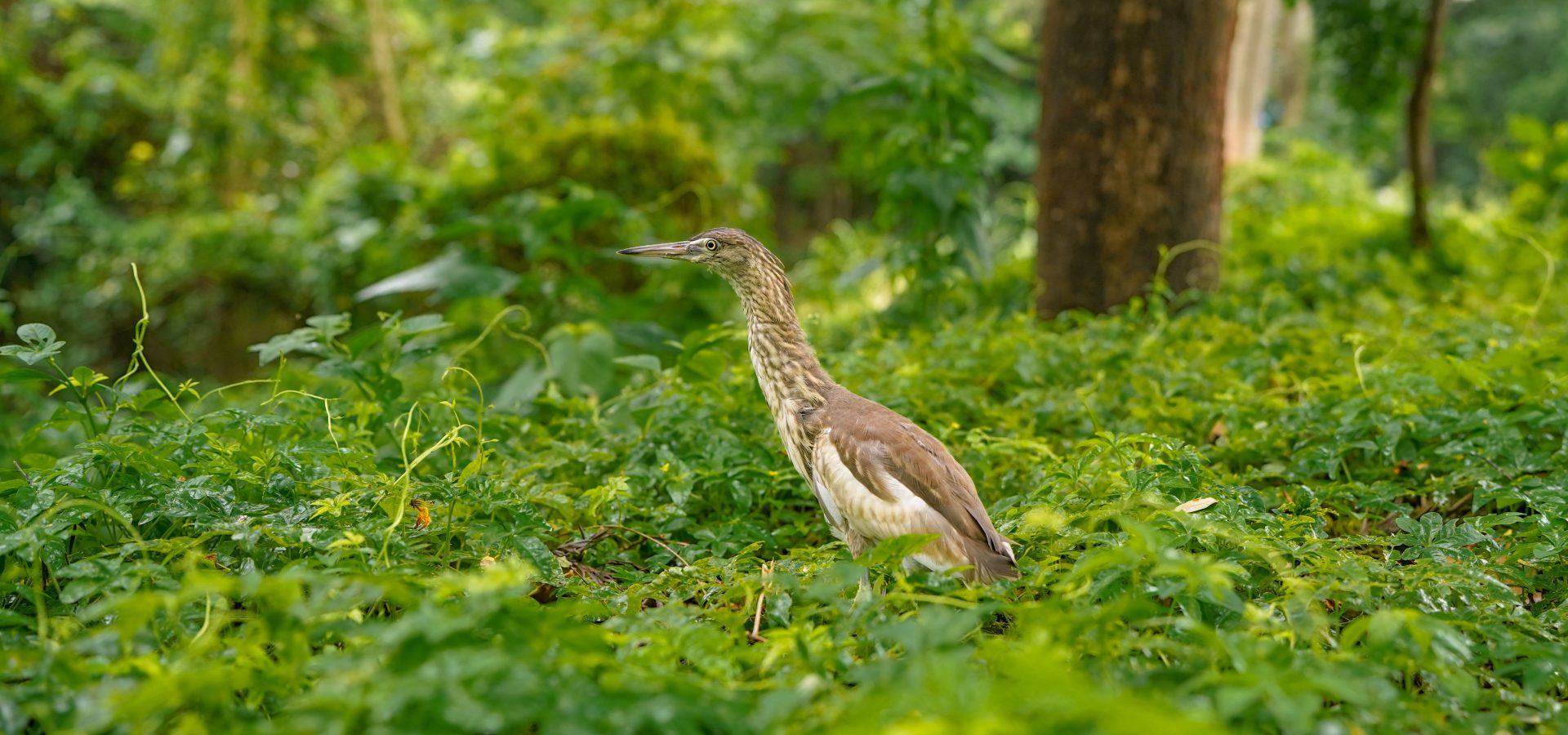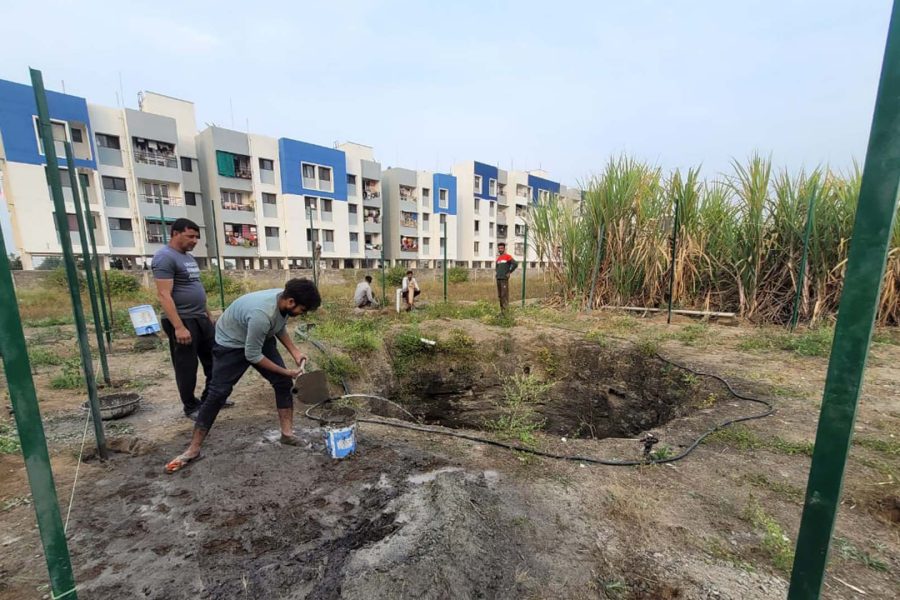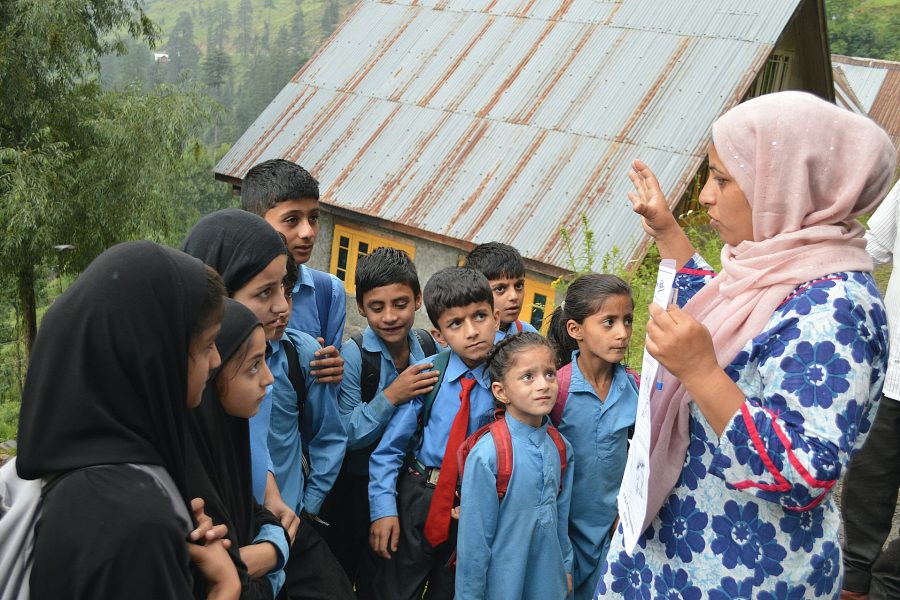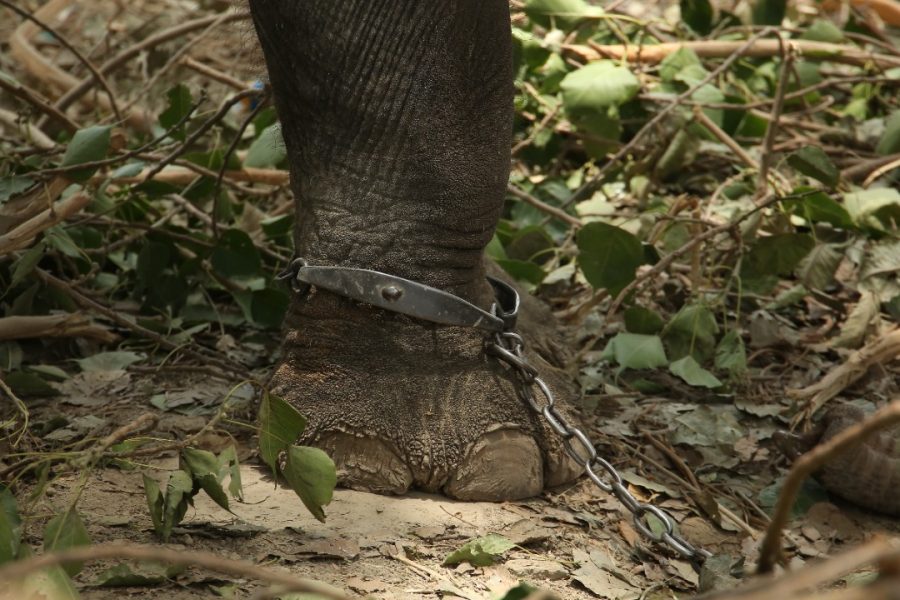As the monsoon rains swept through Maharashtra, the entire ecosystem breathed a collective sigh of relief. The cool winds and gentle showers offered respite not just to humans, but to the animals and birds of the state as well. On several occasions, however, unexpected challenges faced by wildlife demanded immediate human intervention to aid and reinstate animals to their natural environment. In August and September 2024, concerned citizens had taken judicious action that led to significant rescue operations across Maharashtra.
Animals rescued from various situations were attended to by the Wildlife SOS’s veterinary team at Manikdoh Leopard Rescue Centre (MLRC). Here, medical treatments were carried out at the multi-specialty hospital, jointly run by Wildlife SOS and Maharashtra Forest Department, where injured animals receive expert care and focused attention. Let’s take you through some of the recent rescues and releases that took place.
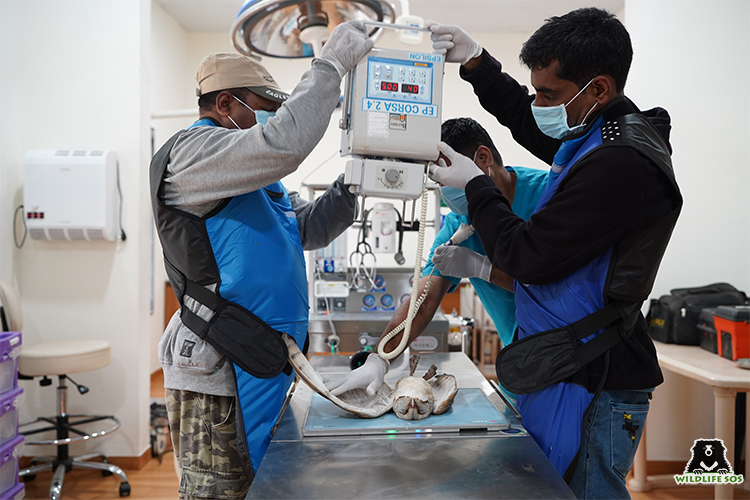
A Pond Heron’s Journey to Recovery
On the morning of August 5, 2024, near a serene pond in rural Maharashtra during monsoon, a lone Indian pond heron (Ardeola grayii) was seen standing unnaturally still. Passersby initially assumed it was waiting to strike at an unsuspecting prey, but something was amiss. The Maharashtra Forest Department intervened, suspecting that the heron was injured and therefore unable to fly. They rescued the bird and brought it to Wildlife SOS’s Manikdoh Leopard Rescue Centre (MLRC), where the team of dedicated veterinarians at the multi-speciality hospital sprang into action.
The heron underwent a series of thorough examinations which included heartbeat detection and fracture assessment through palpation, a method of gently examining the body by touching it with fingertips. An X-ray confirmed a fracture in its right wing. While the bird’s fragility was evident, hope was not lost. The MLRC team constructed a special enclosure using wooden logs that offered warmth, protection, and the space the pond heron needed to regain its strength.
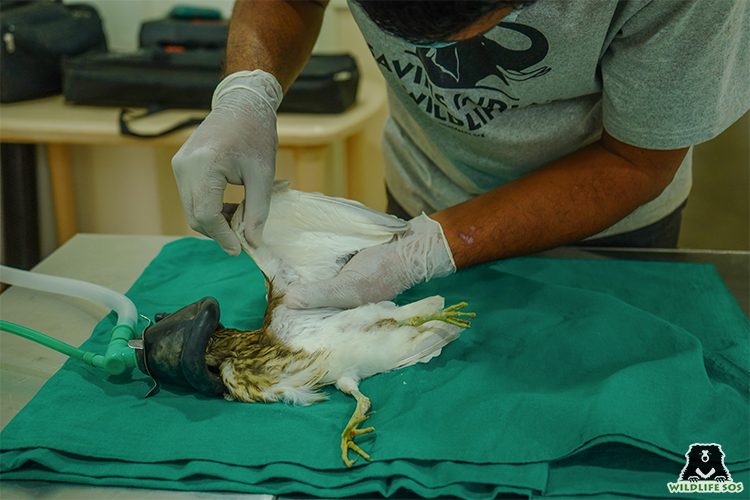
For the following 15 days, the heron was closely monitored, and was given multivitamins and a nutritious diet. Under the careful watch of veterinarians and the medical team, the bird began to steadily heal. When the bird recovered successfully, it was released back into its wild habitat.
Baby Asian Palm Civet’s Close Call
On the night of August 29, 2024, during a night patrol in Belhe village, the Maharashtra Forest Department discovered a small, helpless animal by the roadside—a baby Asian palm civet (Paradoxurus hermaphroditus). The young civet was swiftly brought to MLRC for medical attention.
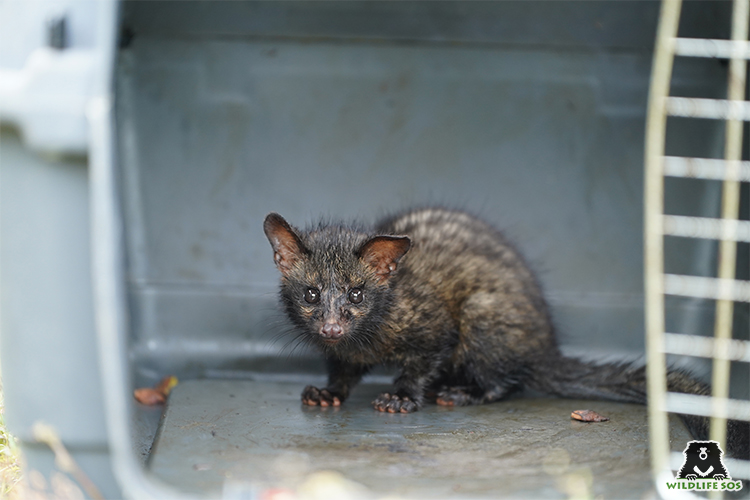
While examining it closely, the medical team discovered blood trickling from the baby civet’s mouth from an injury that was likely caused by a road accident. The one-month-old civet was transferred to the multi-specialty hospital within the rescue centre. For five days, the infant was given a nourishing diet, oral medication to treat its wounds, and multivitamins to aid recovery.
The Asian palm civet, though an infant, displayed remarkable resilience. The medical team speculated that the baby may have been hit by a vehicle while crossing the road with its mother. After ensuring the baby civet’s complete recovery, the team searched for a suitable location in the wild where the population of Asian palm civets is abundant. They then released the civet, making sure it had a safe and natural return to its habitat.
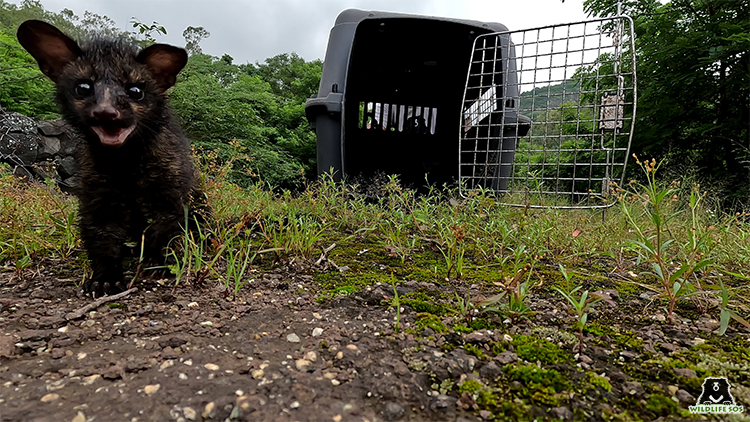
A Barn Owl’s Midnight Rescue
During the monsoon season, on September 9, 2024, a constant hoot echoed through the night in Madh village, Junnar. It came from a barn owl (Tyto alba) that was unable to fly, which led to the state forest department rescuing the bird and bringing it to MLRC’s attention for a thorough check-up. The Wildlife SOS medical team conducted a routine examination including an X-ray to rule out any injuries.
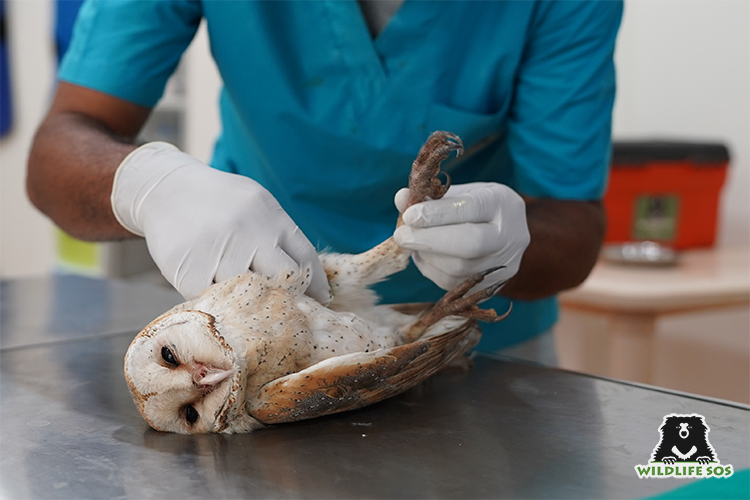
While the results of these tests came out clear, the medical staff noticed the owl showing signs of weakness. They administered multivitamins and provided the owl with food for energy to take flight once again. The barn owl was soon deemed fit to return to the wild, where it could continue its important role in controlling the rodent population, a vital service for farmers in the region.
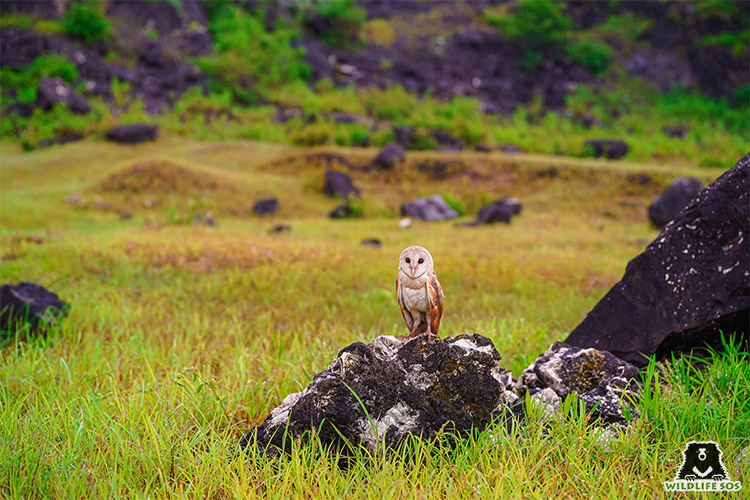
The Manikdoh Leopard Rescue Centre: A Sanctuary for All Creatures
Though originally established to provide sanctuary for one of India’s iconic big cats, the Manikdoh Leopard Rescue Centre in Junnar has evolved into a haven for a large number of animals. From leopards to birds and small mammals, the centre has become a beacon of hope, offering expert care and rehabilitation for wildlife in distress. The collaboration between the Maharashtra Forest Department and Wildlife SOS has resulted in the well-equipped multi-specialty hospital that provides the best possible care to injured animals so that their return to the wild can be successfully carried out. Join Wildlife SOS in safeguarding the precious wildlife of Maharashtra! Every rescue story shows the importance of timely intervention and steadfast care. Your support can make a real difference in helping animals found in distress return to their natural homes. Donate today to help us continue our mission of protecting animals across Maharashtra’s rich and diverse landscapes.

